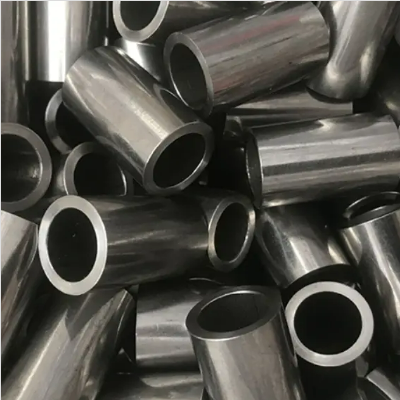Mobile:+86-311-808-126-83
Email:info@ydcastings.com
End Cap Options for 3 inch and 4 inch Pipes Suitable for Various Plumbing Applications
Understanding End Caps for 3 and 4 Inch Pipes
When it comes to plumbing and piping systems, the importance of end caps cannot be overstated. These fittings play a critical role in sealing the ends of pipes, ensuring that the system operates efficiently and safely. In this article, we will explore the significance of end caps specifically designed for 3 and 4-inch pipes, discussing their applications, benefits, and various material options available in the market.
What Are End Caps?
End caps are fittings that are used to close off the ends of pipes. They come in various sizes to accommodate different pipe diameters, including the commonly used 3 and 4 inches. These fittings not only provide a finished look to the piping system but also offer protective features that prevent contaminants from entering the pipes. Moreover, end caps are essential in maintaining pressure within a closed system, making them a critical component in many applications.
Applications of End Caps
End caps for 3 and 4-inch pipes are found in a variety of settings. In residential plumbing, they are often used to close off unused pipe branches, ensuring that water flows only where it is needed. In industrial applications, these end caps are crucial for sealing pipelines that carry liquids or gases, preventing leaks that could lead to costly downtime or unsafe conditions.
In addition, end caps are commonly utilized in irrigation systems, HVAC applications, and manufacturing processes. They are also relevant in construction projects, where pipes for drainage, venting, and other purposes need to be securely sealed.
Benefits of Using End Caps
end cap for 3 4 inch pipe

The use of end caps offers several advantages. First and foremost, they help maintain the integrity of the piping system by preventing contamination. Whether it’s dust, dirt, or other foreign materials, end caps safeguard the internal environment of the pipes.
Additionally, end caps contribute to the overall safety of the piping system. By sealing the ends of pipes, they help in maintaining pressure levels, which is particularly critical in high-pressure applications. This helps mitigate the risk of pipe bursts or leaks that could have severe repercussions in both residential and industrial settings.
Another benefit of using end caps is their versatility. Available in different materials such as PVC, metal, and polyethylene, end caps can be chosen based on the specific environmental conditions and chemical compatibility needed for the piping system. For instance, PVC end caps are lightweight and resistant to a variety of chemicals, making them ideal for plumbing applications. Conversely, metal end caps may be preferred in high-temperature environments due to their durability.
Choosing the Right End Cap
When selecting end caps for 3 and 4-inch pipes, it is essential to consider several factors. First, ensure that the cap size matches the pipe diameter precisely. Secondly, consider the material requirements based on the application. For example, if the pipes will be used in an environment exposed to corrosive substances, a chemically resistant material would be necessary.
Additionally, evaluate the installation and sealing method. Some end caps come with threaded fittings, while others may require adhesives or welding techniques. Understanding the installation process can save time and ensure a secure fit.
Conclusion
In conclusion, end caps for 3 and 4-inch pipes are indispensable components in the plumbing and piping industries. They not only seal ends effectively but also provide safety and maintain the operational integrity of the systems they serve. Choosing the right end cap based on size, material, and application is crucial for ensuring optimal performance. Whether in residential, industrial, or construction settings, the benefits of using quality end caps cannot be overlooked, making them a vital part of any piping project.
-
What Makes Stainless Steel Pump Casting Essential for Modern Industries?NewsJul.14,2025
-
Revolutionize Your Engine Maintenance with Premium Aluminum and Cast Iron ComponentsNewsJul.14,2025
-
Precision Flow Engineering Starts with the Right Pump ComponentsNewsJul.14,2025
-
Maximize Efficiency: Explore Reliable Containment and Crop SolutionsNewsJul.14,2025
-
Discover Superior Performance with Advanced Turbo ComponentsNewsJul.14,2025
-
Boost Fluid Dynamics with Precision-Engineered Pump ComponentsNewsJul.14,2025











